Selecting Replacement Heifers: Boosting Longevity and Return on Investment
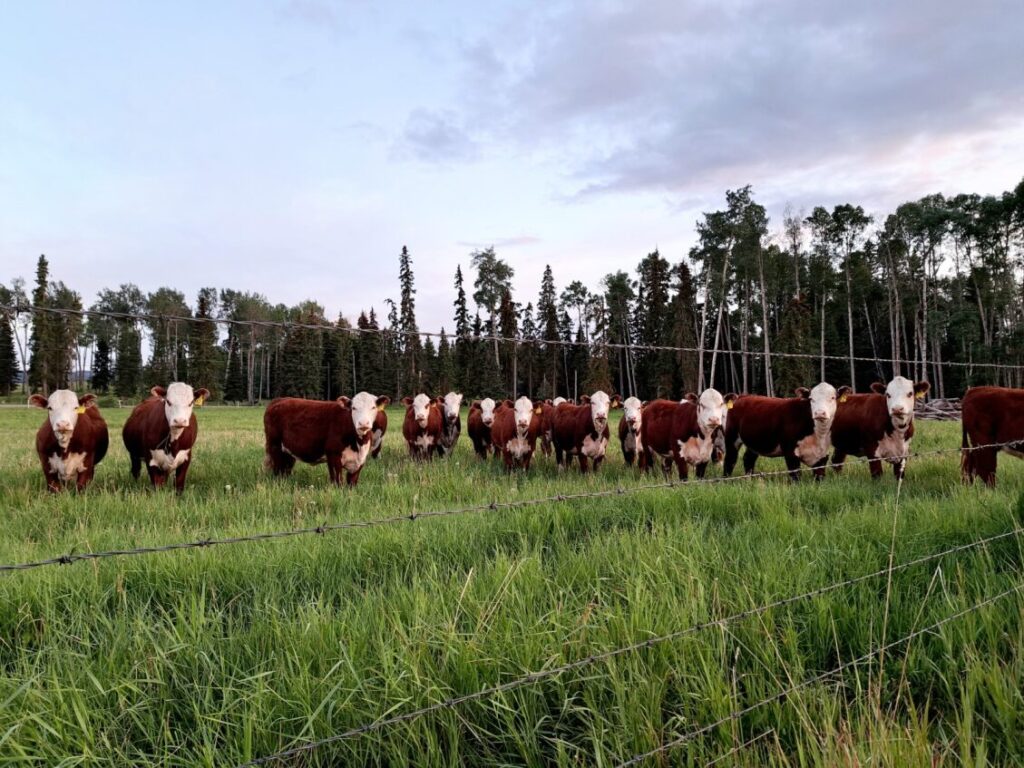
Whether beef cattle producers retain females from within their own herd or purchase them, replacement heifers come at a cost and are an investment into the future herd. Selecting the right animals and proper management is necessary to meet on-farm goals and improve the longevity of heifers as future breeding cows.
A recent analysis of 63 farms across Canada enrolled in the Canadian Cow-Calf Cost of Production Network estimated the cost of raising replacement heifers in 2023 to be an average of $2,904 per heifer, with a range of $1,905 to $3,806, which is estimated to be even higher in 2025. The largest expense of raising replacements being the lost opportunity of selling the heifer. Depending on cost of production, producers could pay back their investment in replacement heifers in five to seven years.
Learn more about the Canadian Cow-Calf Cost of Production Network.
From a whole-herd perspective, total replacement cost depends on both the cost of raising each replacement heifer and the overall replacement rate. For the 63 benchmark farms, replacement cost accounted for an average of 8% of total herd costs in 2023. When the cost of all replacement heifers is distributed across the entire cow herd, the average replacement cost per cow is estimated at $139, with a range from $50 to $272 per cow.
Depending on cost of production, beef producers could pay back their investment in replacement heifers in five to seven years. Check out the BCRC’s Replacement Heifer Calculator to learn more.
To reduce these costs, producers can focus on management strategies including improved cow longevity. The more calves a female can produce in her lifetime, the better the return on her investment.
Copper-T Ranch in British Columbia and Dudgeon Cattle Company in Ontario illustrate best practices in replacement heifer selection and management. Copper-T Ranch prioritizes structural soundness, maternal traits and record-keeping to ensure predictable, long-term herd performance. Dudgeon Cattle Company emphasizes temperament, growth and durability, incorporating rigorous health protocols and a structured breeding program to maintain quality in their annual heifer sale. Both operations use data-driven selection processes to maintain herd efficiency and profitability.
Jamie and Bill Lloyd, Fraser Lake, BC
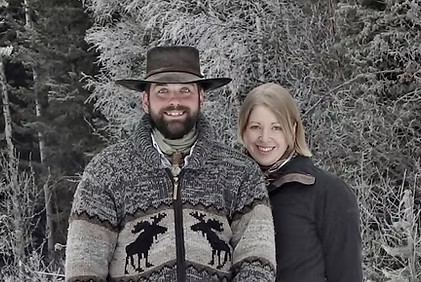
Copper-T Ranch is a Hereford seedstock operation located in north central British Columbia on the north shore of Fraser Lake that annually breeds approximately 100 females for April calving. The herd was established in 1988 by Trevor and Janice Tapp. Jamie and Bill Lloyd were hired onto the ranch ten years ago as cattle managers and are now also co-owners.
The purpose of the operation is to breed replacement genetics for themselves and other herds that will carry forward as a predictable and stable herd foundation. For breeding they use both natural breeding and reproductive technologies, including artificial insemination (AI). The use of AI “…allows us to bring in outcross and progressive genetics,” the Lloyds say. “We are very selective with our AI sires, as well as our walking bulls, not seeking the next top show bull or genetic trend but rather selecting for predictability, structure, performance and longevity.”
When it comes to herd sire selection, “being able to view photos of the dam and related females, as well as dam performance records, feet and udder structure before committing to a new herd sire is a must for us. The females behind our sires must be rock solid, and the type you want to have a whole herd of.”
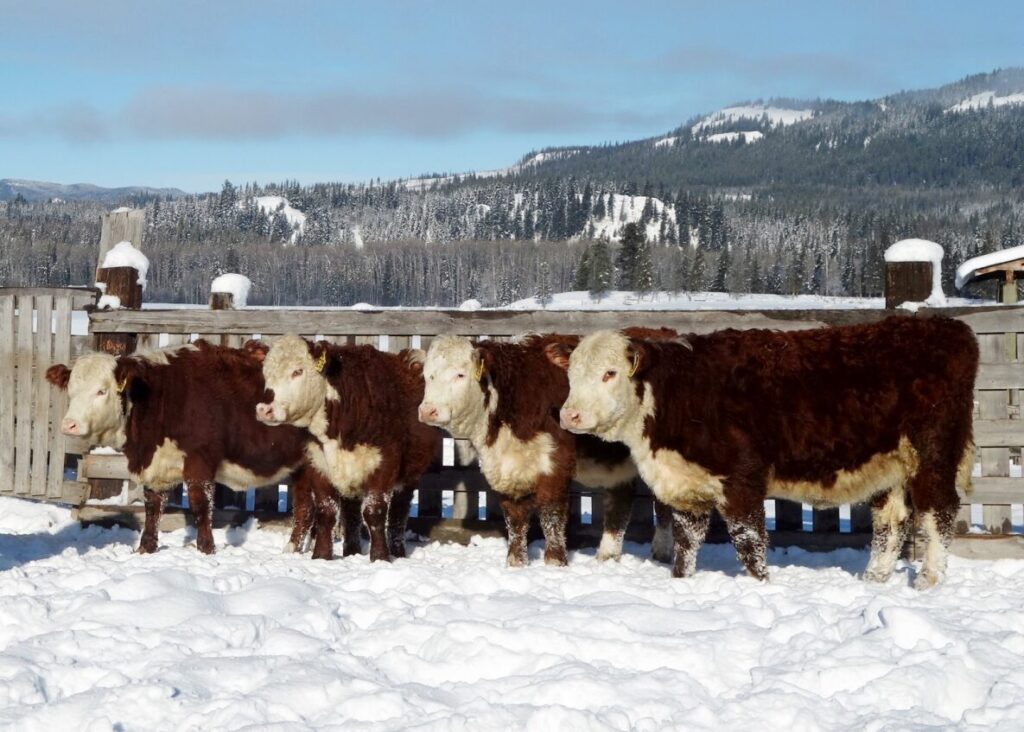
For selecting replacement heifers there are a few traits that the Lloyds are looking for:
- Feet: “If you have a herd with excellent feet, you want to keep that, it can quickly be lost.”
- Disposition: “Easy to handle females are a must, calving is not to be a contact sport.”
- Instinct/ Maternal Vigor: “…in both the female and the calf. If a first-calf heifer has a textbook birth but does not lick her calf off, write it down and cull her. That is not the type of female you want to be keeping and creating more of.”
- Growth and Production Performance: “Replacement females selected must meet our guidelines, we implement a weaning weight and yearling weight cut-off. They must be at a desirable weight at breeding season and meet a frame size criterion; either extreme is undesirable.”
- Calf Performance: “A first-calf heifer must go forward and wean a calf above our minimum expectation, proving she milks well enough and does so while keeping her condition and breeding back in a timely manner.”
The Lloyds say heifers are bred to calve 10 to 14 days ahead of the main cow herd to increase the probability for breeding back in the first cycle as young cows.
Learn more about reproductive momentum and breeding heifers on the BCRC’s Breeding Cow Management page.
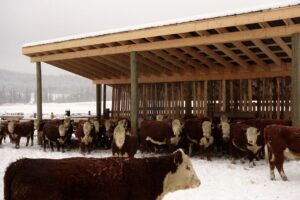
Record-keeping is also part of the selection process, according to the Lloyds. “We record dam udder and feet score, weaning weights, yearling weights, average daily gain (ADG), frame score and service date. We avoid retaining heifers that are bred late (third cycle) as we find the probability of them having breeding longevity is low.”
The Lloyds use records to evaluate cow or sire family genetic trends, which impact longevity. For example, daughters of a certain sire that are coming in open, or certain cow families whose daughters eventually come in open. “Once you find these patterns they can be quite predictable. Find genetic lines that work well in your environment,” the Lloyds say.
Optimal nutrition is key when feeding replacement heifers to ensure they are ready to turn out to breed at a proper weight and overall health. The Lloyds also stress the importance of not overfeeding since this can negatively impact fertility. “Other than being preg-checked in the fall, her place as a mother cow starts here, and she must maintain her condition on a cost-effective feed program in our mature cow herd.”
When it comes to making the final cuts for replacement heifers, the Lloyd’s suggest:
- Make a written plan. Written guidelines or cut-offs will help you stay focused and sell or cull females that are not going to be the type of female that will work long-term in your herd.
- Be very strict with culling. Animals that do not make the cut will only cost more to maintain.
- Never give a second chance. If a female is open, even if she’s your best heifer, ship her!
- Place a high importance on mineral and vaccination programs.
Brian Dudgeon, Dobinson, ON

Brian Dudgeon and his family own and operate Dudgeon Cattle Company in Dobinson, ON, just north of Lake Huron. Each year the family produces “The Top Cut” heifer sale, the largest bred heifer sale in Ontario, selling over 200 head. They currently have a 200-cow herd with 50 of these being purebred Black Angus cows. Their top heifer calves are entered into their sale program. The remaining calves are backgrounded and finished in their feedlot. They also purchase 300-400 heifers in Alberta and Saskatchewan to raise using their replacement heifer protocols with the intent to fill the sale catalogue.
Within their own herd, the Dudgeons value “longevity, practicality, durability, above-average growth at weaning age, thickness, temperament, structure, proportion, feminine, carcass weight, raise big calves for the feedlot, good frames and length.”
When selecting bulls for breeding to replacement heifers, they aim for expected birth weights in the 60-80lb range while also placing high value on temperament. “We work with these animals a lot, so the ones that are getting away from you we pull out; anything that is nervous is pulled from the sale pen.”

To make the sale catalogue, the replacement heifers must have the required traits, “thickness in the butt end, performance and milk,” the Dudgeons say, adding that they “don’t chase fads and keep the commercial guy in mind so everyone can make a profit at the end of the day.”
They also rely on record-keeping to assist with selections. “If a heifer has been pulled due to a health treatment, depending on what the health issue was, the heifer may not have the longevity we’re aiming for, or she may not breed. If that is the case, she doesn’t go into the sale.”
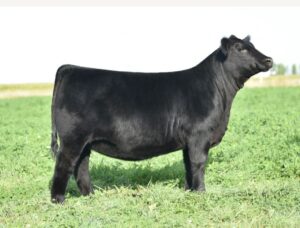
Prior to breeding, the heifers are fed a Total Mixed Ration (TMR). “We feed a balanced TMR that is slightly higher in energy than a backgrounding ration. The goal is to get the heifers to 900 lbs or better when they’re bred.” To help keep heifers organized for the sale, the Dudgeons use a coloured ear tag system.
Effective replacement heifer management requires a balance of careful selection, record-keeping and proper nutrition. By focusing on structural integrity, temperament, maternal instincts and overall performance, producers can improve herd longevity and financial returns. For producers looking to enhance their replacement programs, a focus on genetics, herd health and strategic culling can make a lasting impact on their investment.
Sharing or reprinting BCRC posts is welcome and encouraged. Please credit the Beef Cattle Research Council, provide the website address, www.BeefResearch.ca, and let us know you have chosen to share the article by emailing us at [email protected].
Your questions, comments and suggestions are welcome. Contact us directly or spark a public discussion by posting your thoughts below.